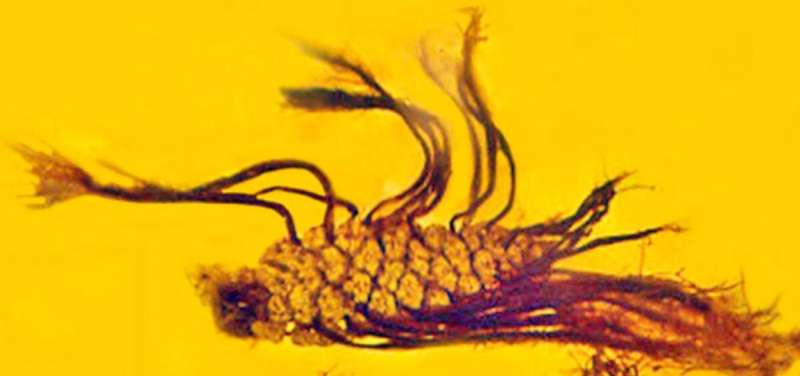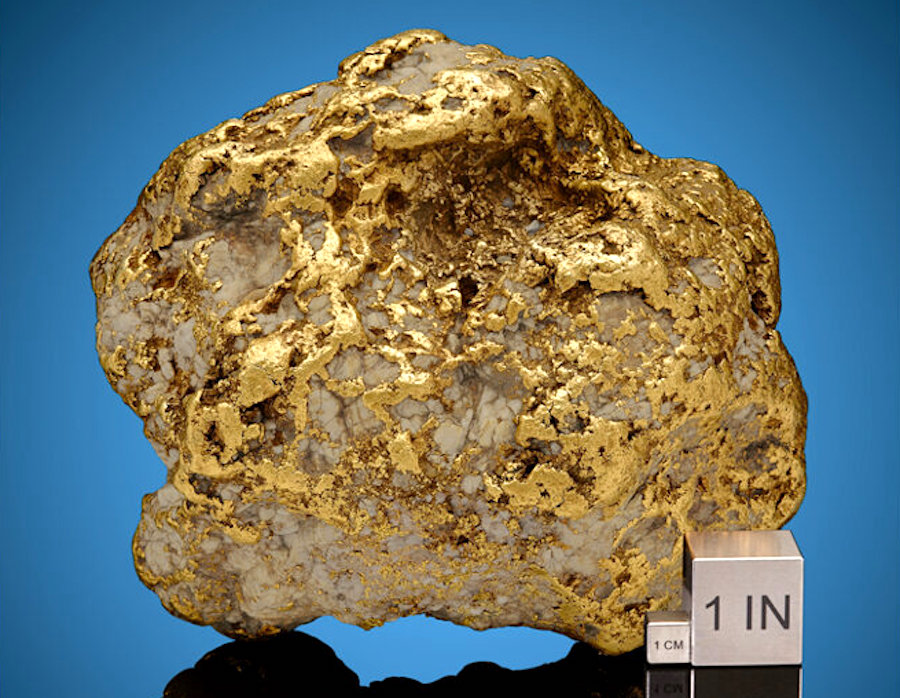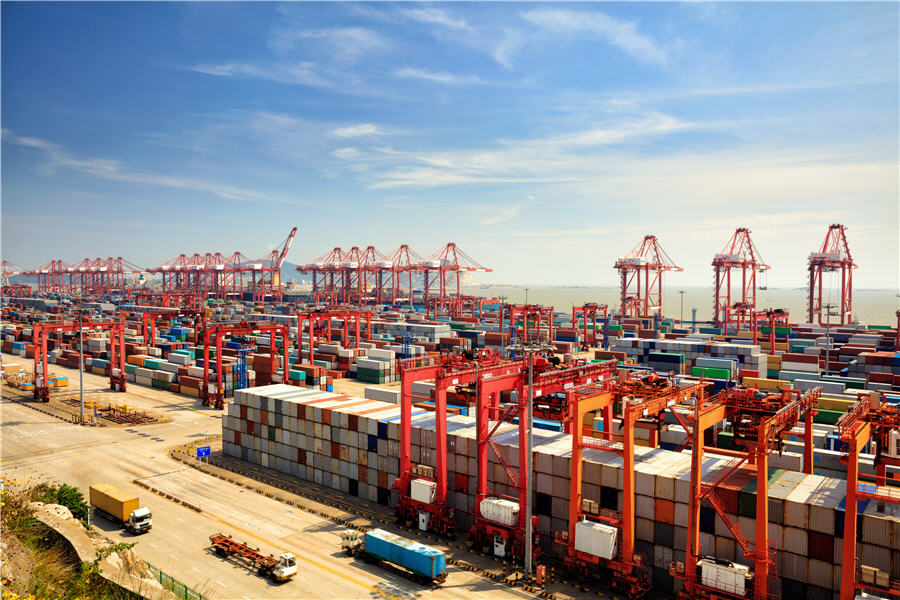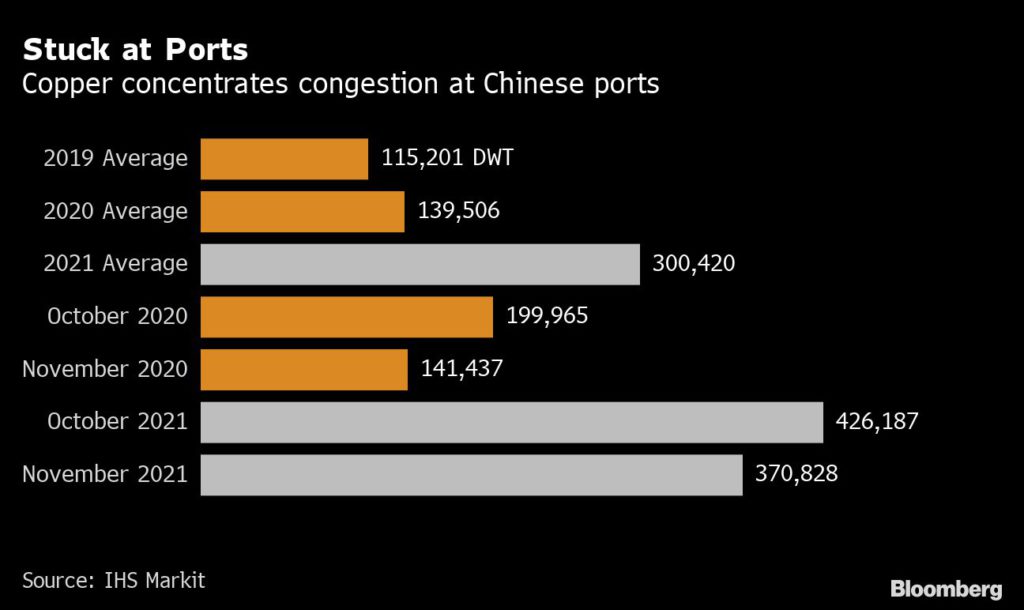This goes far beyond MLAs being encouraged to speak their minds on policy. These MLAs fear the collapse of their party under Kenney's leadership
Author of the article:Don Braid • Calgary Herald
Publishing date:Nov 16, 2021 •

MLA Peter Guthrie stood up in a UCP caucus meeting Monday and read Premier Jason Kenney a letter.
The premier listened. His reaction isn’t recorded — there’s still a lingering scrap of confidentiality in this group — but he must have been furious.
The letter started leaking a couple of hours later. Guthrie, the MLA for Airdrie-Cochrane, tells me he knew it would go public. He’d sent the text to the premier and all caucus members.
Why do it? For starters, Guthrie said Tuesday, he believes UCP caucus members are “treated more like an opposition party” than an essential part of government.
His letter accuses the party and the premier’s office of meddling in local affairs, taking over ridings and even improperly funding the convention fees of Kenney loyalists from PAC funds.
“They are doing this to assist you in retaining the UCP board with the intent of controlling the (leadership) review process,” said Guthrie.
“This may not be illegal, but it is certainly unethical.”
He demands an independent investigation immediately “to hold any culprits accountable.
“And if you are complicit, then premier you need to step down here and now.”
As of Tuesday afternoon, Guthrie hadn’t heard a word from the premier’s office about whether he will be disciplined.
Neither has Chestermere-Strathmore MLA Leela Aheer, who recently said the premier knew of internal harassment allegations and should resign.
Ever since the caucus voted to kick out two critical MLAs, Todd Loewen and Drew Barnes, everybody seems free to say anything.
This goes far beyond MLAs being encouraged to speak their minds on policy. These MLAs fear the collapse of their party under Kenney’s leadership.
Guthrie and other MLAs are angry about a rule for the looming UCP weekend convention that says only the premier can bring new business to the floor.

Then there’s the contentious resolution from the Edmonton-Northwest riding, where the president, Dave Prisco, is the paid communications director for the party.
It calls for raising from 22 to 29 the number of identical riding resolutions needed for an early leadership review.
“The bar is set too low and opens up the party to troublemaking by a small minority of CA (constituency association) boards,” says the riding’s rationale.
Late Tuesday afternoon, both the premier’s office and the party began mounting defences. They’ve been a long time coming. Dealing with this uprising in silence clearly isn’t working
First, the premier’s office denied any wrongdoing by people employed in Kenney’s legislature operation, while acknowledging that they’re often politically active.
“People who happen to work at the legislature are often involved in party politics, and that is true of every party and government,” Christine Myatt, the premier’s director of government communications, said in a statement.
“However, party politics functions are relegated to off-hours (i.e. not during the daytime while working for the taxpayers).”
On that hugely controversial motion to change rules for forcing a special meeting, a source familiar with the Edmonton-Northwest motion says it was written last spring, when Kenney’s leadership wasn’t such a hot issue. It was then vetted by party members for ranking at this weekend’s convention.
At that time, a review appeared set for the 2022 annual general meeting. The riding board had no thought of affecting the convention.
As for Kenney being the only person allowed to bring a new resolution, a party statement says “floor-dropping” new business has never been permitted. There’s no explanation of why Kenney has that power, however.
The party also says “financial assistance to defray the costs of attending a political convention is not unusual.
“CAs may choose to provide financial assistance to local members. We know the NDP encourages sponsorship to their conventions and, given their rules and history, it is likely done by unions.”
There’s no mention of Guthrie’s charges about PAC funding.
Without compromise — agreeing to a leadership review early next year, for instance — the party is heading for a tense and angry convention this weekend.
But so far, it seems the premier would rather fight than bend.
Don Braid’s column appears regularly in the Herald
Twitter: @DonBraid
Facebook: Don Braid Politics
Kenney defends use of third-party money to buy tickets to upcoming annual general meeting
Publishing date:Nov 17, 2021 •

Alberta Premier Jason Kenney is defending the right of third-party organizations to pay entrance fees to this week’s United Conservative Party annual general meeting, amid allegations that the deck is being stacked in his favour ahead of a fight over an early leadership review.
The claim, made by UCP backbencher Peter Guthrie earlier this week, has led both independent MLA Todd Loewen and the NDP opposition to ask Alberta’s chief electoral officer to investigate if that breaks the laws related to political contributions.
Guthrie, the MLA for Airdrie-Cochrane, claims that third-party advertisers, or PACs, are paying for tickets to the meeting, scheduled to begin Friday, specifically for Kenney loyalists.
At an unrelated news conference Wednesday, Kenney said while he’s not involved in third-party political organizations, those groups are within the law to be involved in politics. He said groups often pay for youth, for example, who could not afford to register for an AGM otherwise.
“And my understanding is that, for example, delegate registration fees are not considered a (political) contribution, but I would expect and insist that any group carefully acts within the regulations,” he said.
Tickets for the UCP AGM members cost $349, for youth under 25 years old, $149, and for observers, $999.
Loewen told reporters in the legislature Wednesday that Guthrie’s allegations were “alarming,” and warrant an investigation. He countered Kenney’s claim, saying it doesn’t matter if the purchase of tickets is considered a political donation or not, election finance rules still prohibit the move.
“This is an administrative activity of the party, and as such (the Election Finances and Contributions Disclosure Act) applies,” he said, adding as a member of the UCP planning to attend the meeting, he hopes chief electoral officer Glen Resler is able to at least provide clarity on the issue before the AGM.
NDP Opposition democracy and ethics critic Thomas Dang similarly told reporters the move is prohibited under the Election Finances and Contributions Disclosure Act.
“If Jason Kenney is so desperate that he needs to pay people to clap for him and vote for him, that’s between him and the UCP membership, but funnelling money from a PAC into a registered political party is illegal,” said Dang, adding if the allegations are true, it violates democratic principles and opens the door to “big money” in politics.
Pamela Renwick, acting deputy chief electoral officer, said in an emailed statement Elections Alberta “is unable to comment about investigations that we may or may not be conducting,” but it publishes any findings or decisions whenever any investigation is concluded.
In question period Wednesday, Dang asked Kenney about the allegations, but House Leader Jason Nixon answered instead, denying any wrongdoing and pointing to a statement from the party.
In a statement to Postmedia Wednesday, UCP spokesman Dave Prisco said registration fees are not legally considered a contribution.
“Financial assistance to defray the costs of attending a political convention is not unusual. For example, CAs (constituency associations) may choose to provide financial assistance to local members,” he said.
“We know the NDP encourages sponsorship to their conventions and given their rules and history, it is likely done by unions.”
Dang said the claim that third parties, including unions, sponsor attendees at NDP events in similar ways is false.
“There may be people with financial hardship that need additional assistance to access the convention and and we often do work with them or their constituency associations to waive some of those fees on the party side,” he said.
The UCP meeting will see a vote on a contentious resolution calling for the threshold to go up to 29 from 22 constituency associations needed to speed up Kenney’s leadership review to within the next three months, from April’s currently-scheduled review. Already, the threshold of 22 has been met.
Loewen said he hopes members turn down the special resolution.
“Any attempt to change the goalposts at this time I think is obviously a self-serving move,” said Loewen.















